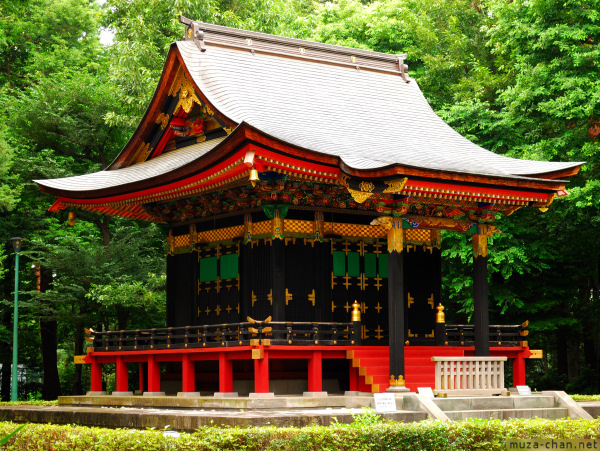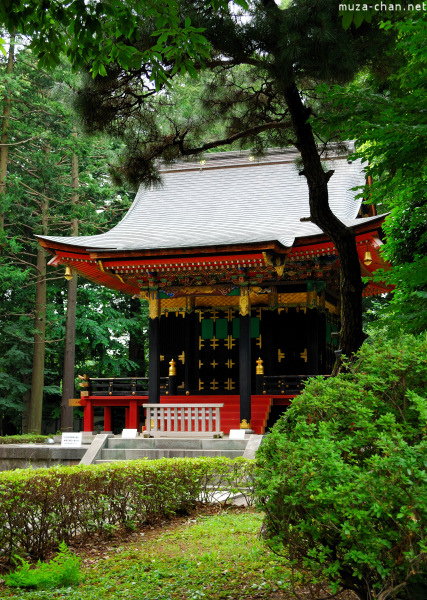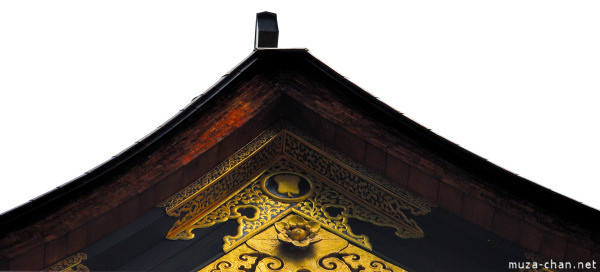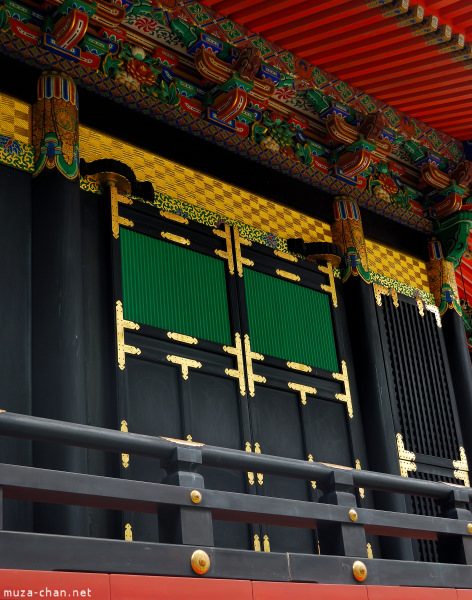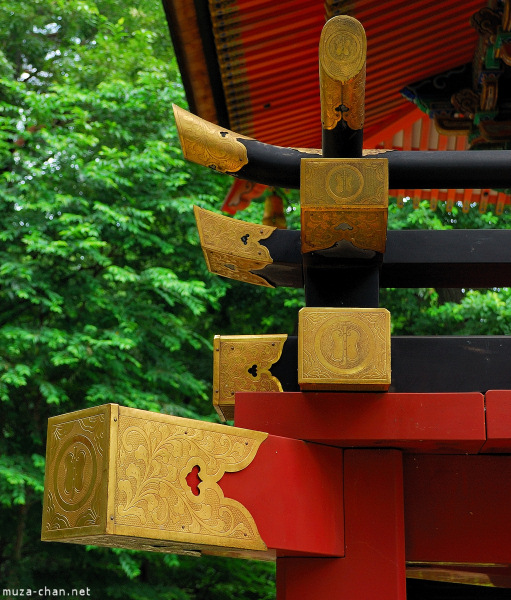Close to the entrance to the Edo Tokyo Open Air Museum, surrounded by greenery, there is a monument from the Edo period, the most beautiful building in the museum. I was delighted by the beauty and the colors and I returned at different times of day, seeking better light to take pictures.
This building is the Jisho-in Mausoleum, built in 1652 by the wife of Mitsutomo Tokugawa, Princess Chiyo, in memory of her mother, Lady Ofuri, wife of the shogun Iemitsu Tokugawa.
The rich decoration, was made by an eminent family of carpenters, Kora, who were also involved in the construction of Edo Castle and Toshougu Shrine from Nikko.
The mausoleum was part of the Jisho Temple in Ichigaya, Shinjuku-ku, and it is one of the few buildings in Tokyo that remained untouched during the bombings of the Second World War.
It was declared a cultural landmark and was donated to museum by the Seibu Railway Co.
Foarte aproape de intrarea în muzeul Edo Tokyo Open Air, înconjurat de verdeaţă, se află un monument din perioada Edo, cea mai frumoasă clădire din muzeu. De fiecare dată când am vizitat muzeul am fost încântată de frumuseţea sculpturii şi a culorilor vii şi am revenit lângă el la diferite ore ale zilei pentru a-l privi şi a-i face fotografii.
Este vorba de Mausoleul Jisho-in, construit în 1652 de către prinţesa Chiyo, soţia lordului Mitsutomo Tokugawa, în onoarea mamei sale, doamna Ofuri, soţia shogunului Iemitsu Tokugawa.
Decoraţiunile au fost realizate de o familie renumită de tâmplari, Kora, meşteri care au lucrat şi la Castelul Edo şi la altarul Toshougu din Nikko.
Mausoleul a făcut parte din complexul Jisho din Ichigaya, Shinjuku-ku şi este unul din puţinele construcţii din Tokyo care au rămas neatinse în timpul bombardamentelor din cel de-a doilea război mondial.
A fost declarat monument istoric şi a fost donat muzeului de către Seibu Railway Co.
